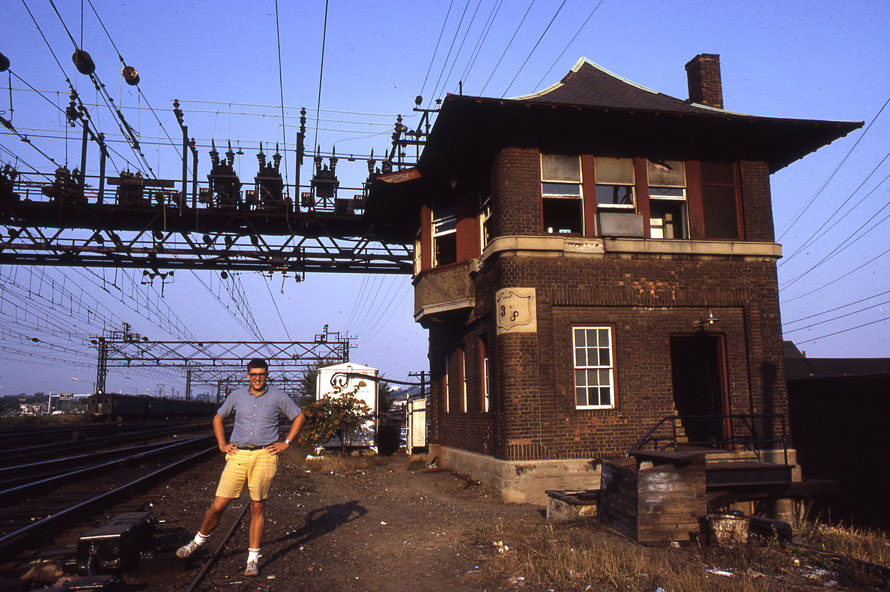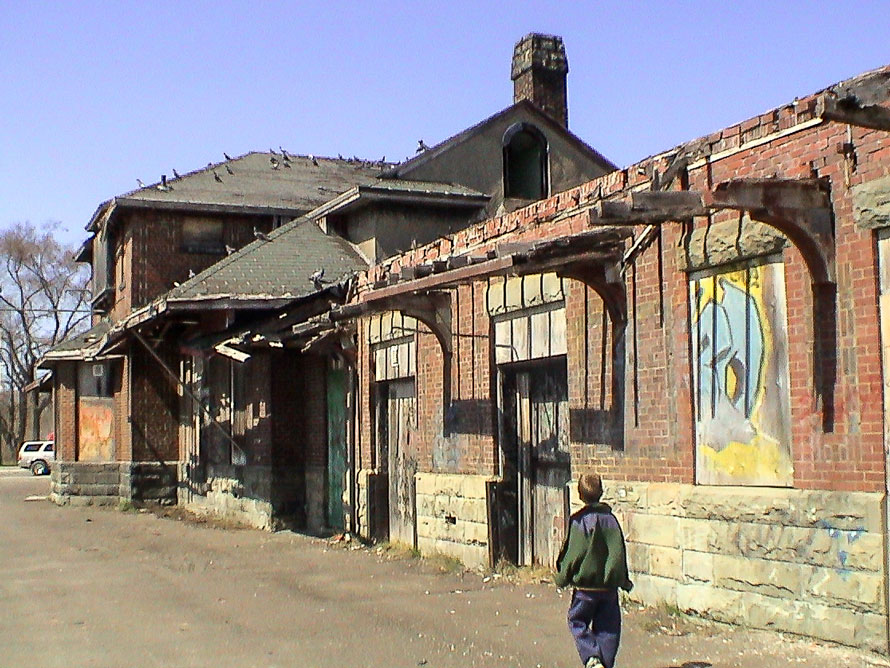In 1946, the United States Railroad system had about 3,950 interlocking systems and signal towers in service throughout the country. Almost every one was manned 24/7, and had one operator or more to handle the traffic.
Editor’s Notebook
“Connectedness”
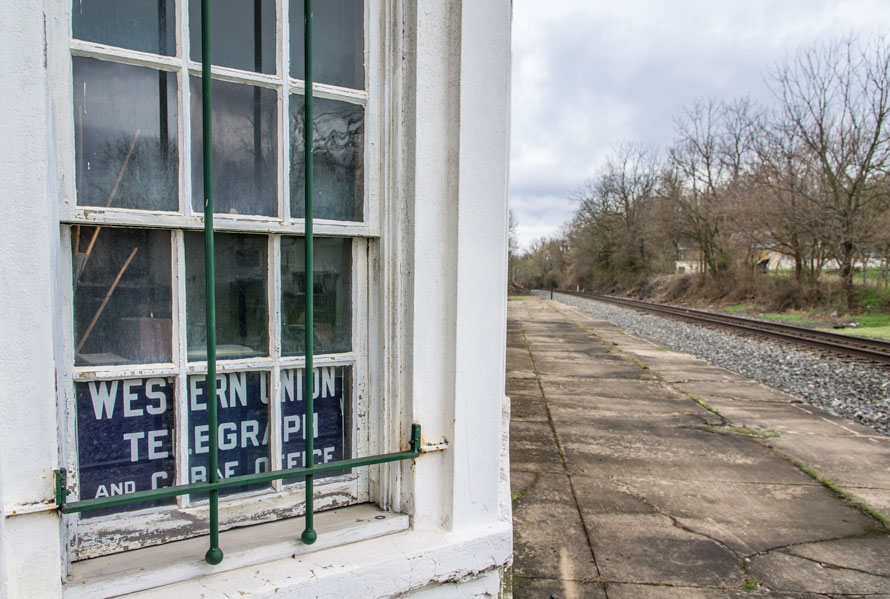
Earlier this month, I boarded a plane for Chicago to attend Conversations 2018, the annual gathering of the Center for Railroad Photography & Art. The weather was awful—freezing rain, snow and wind, but it was a fitting contrast to the warm welcome I felt at the reception and dinner Friday night.
It was a pleasure to be in the company of so many talented railroad photographers and artists. I not only made new friends, but also had the opportunity to meet several people who have contributed to and supported The Trackside Photographer—David Kahler, Matthew Malkiewicz, Dennis Livesey, Brandon Townley, Jeff Brouws and Matt Kierstead. Read more
Waiting on a Train
One day you are making dinner in the afternoon and see a headlight on the bridge, that headlight you waited so patiently for as a kid.
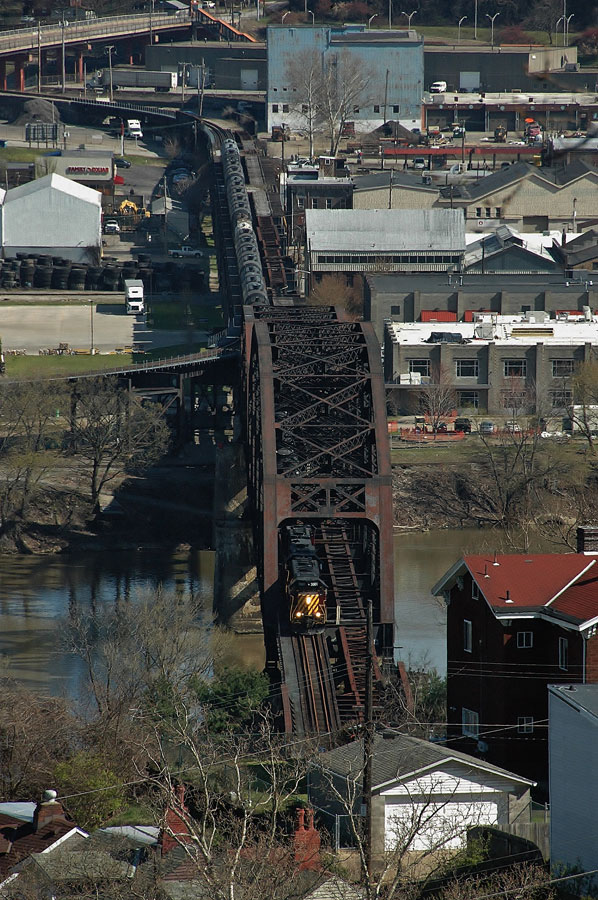
Go back to the days when you were ten or eleven and the phone rings at home. Grandma needs you to get something from the pharmacy. She sends you there a couple of times a week for various and sundry goods, so you jump on your bike (a twenty-six incher—big time stuff there) and head to her house to get the money. Then off you go down the back road, not because it’s the most direct route, no because it runs along the edge of the hill and from there you can check out the B&O and their big bridge over the Allegheny River. The line is the Pittsburgh and Western (P&W) sub that runs from Glenwood yard west towards Ohio or (if they take a right at the wye in Eidenau) Buffalo.
Saving the Fredericton Train Station
This is the story of the slow, lingering death of a train station in Fredericton, New Brunswick, Canada… and its miraculous rebirth.
Introduction
The York Street station was built by the Canadian Pacific Railway in 1923 in Fredericton, in the West Platt area outside of the downtown core. The station is made of brick, with sandstone trim. It has a hip roof and is one of the few remaining brick stations in New Brunswick. The York Street side has a covered portico and the rear of the station was attached to a freight shed, added well after the station was built.
The station served Canadian Pacific (CP) trains only at the start. Canadian National (CN) had a station close to the train bridge across the Saint John River for many years, but in the latter years of passenger service, CN also used this station.
In the late 1950s and early 1960s, a CP passenger train ran between Fredericton and Fredericton Junction, where a passenger could take one of the trains between McAdam and Saint John. On the CN side, a Railiner (Rail Diesel Car, or RDC) ran between Newcastle and the York Street (“Union”) station via McGivney.
The station had two waiting rooms, one for men on the north (York Street) end, and the other for women, closer to the baggage room, with an agent/operator office in between. The washrooms were along the back wall. At the far (south) end of the station was the CP Express office. Read more
Appalachia,
Thunder Fading
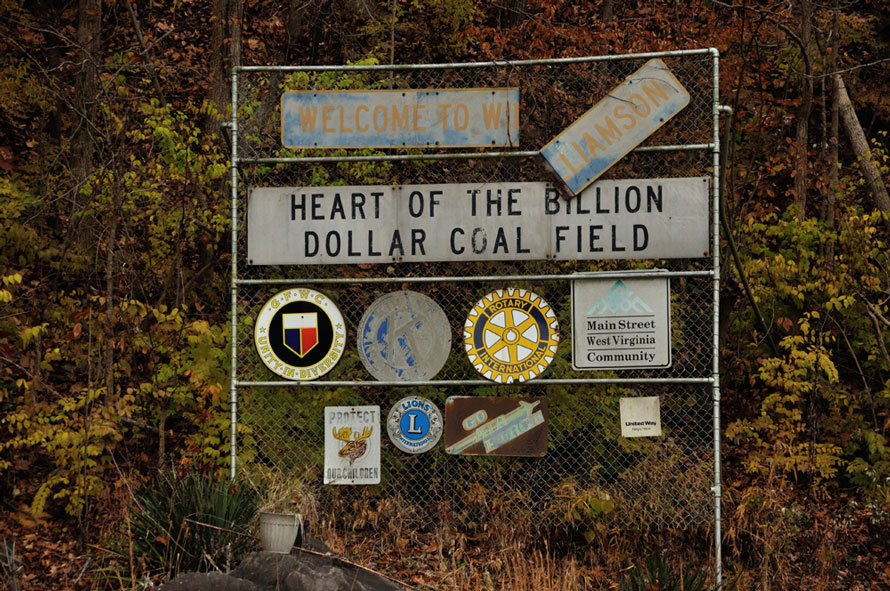
In the fall of 2015, the War on Coal claimed its first two major casualties near and dear to the rail enthusiast’s heart—CSX deemed the mighty Clinchfield to no longer be a through-route, and Norfolk Southern mothballed fifty miles of its ex-Virginian Princeton-Deepwater District. Lines revered as the epitome of railroading in the Appalachians suddenly went quiet. The cacophony of loaded coal trains grinding and groaning upgrade, protesting against the forces of gravity, was replaced with stillness and silence.
It seemed then that the end must be in sight for coal in the Appalachians. All good things must end. But we certainly didn’t expect the end like this, so suddenly, and not before our very eyes.
This great misty, mysterious land is increasingly becoming a vast necropolis of closed, decaying and forgotten coal tipples, silos and washers and chutes and loading bins like sad monoliths, monuments to a way of life that is gradually fading away. Read more
